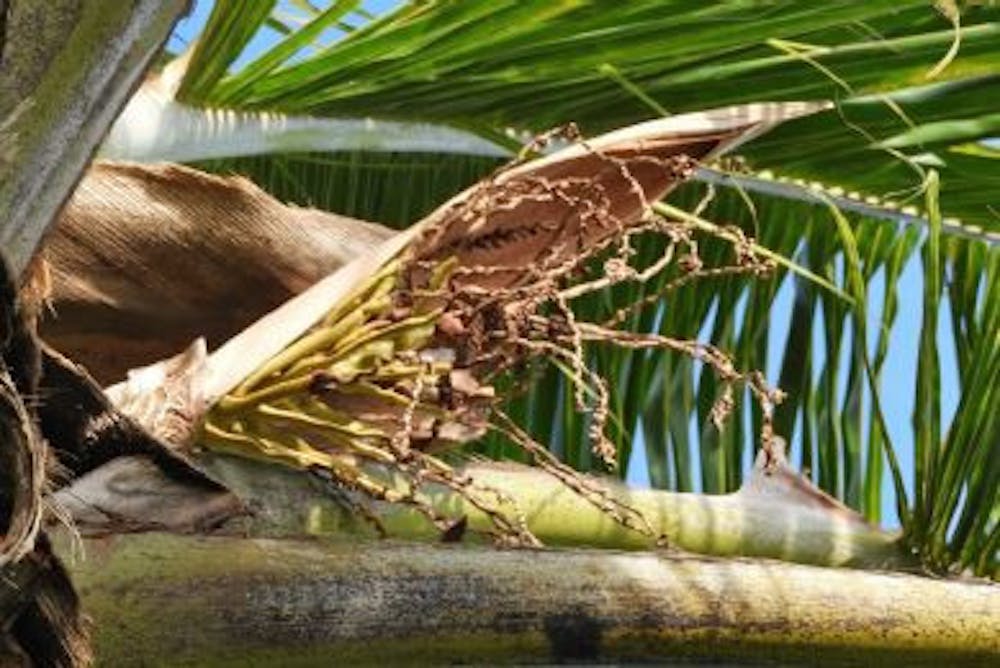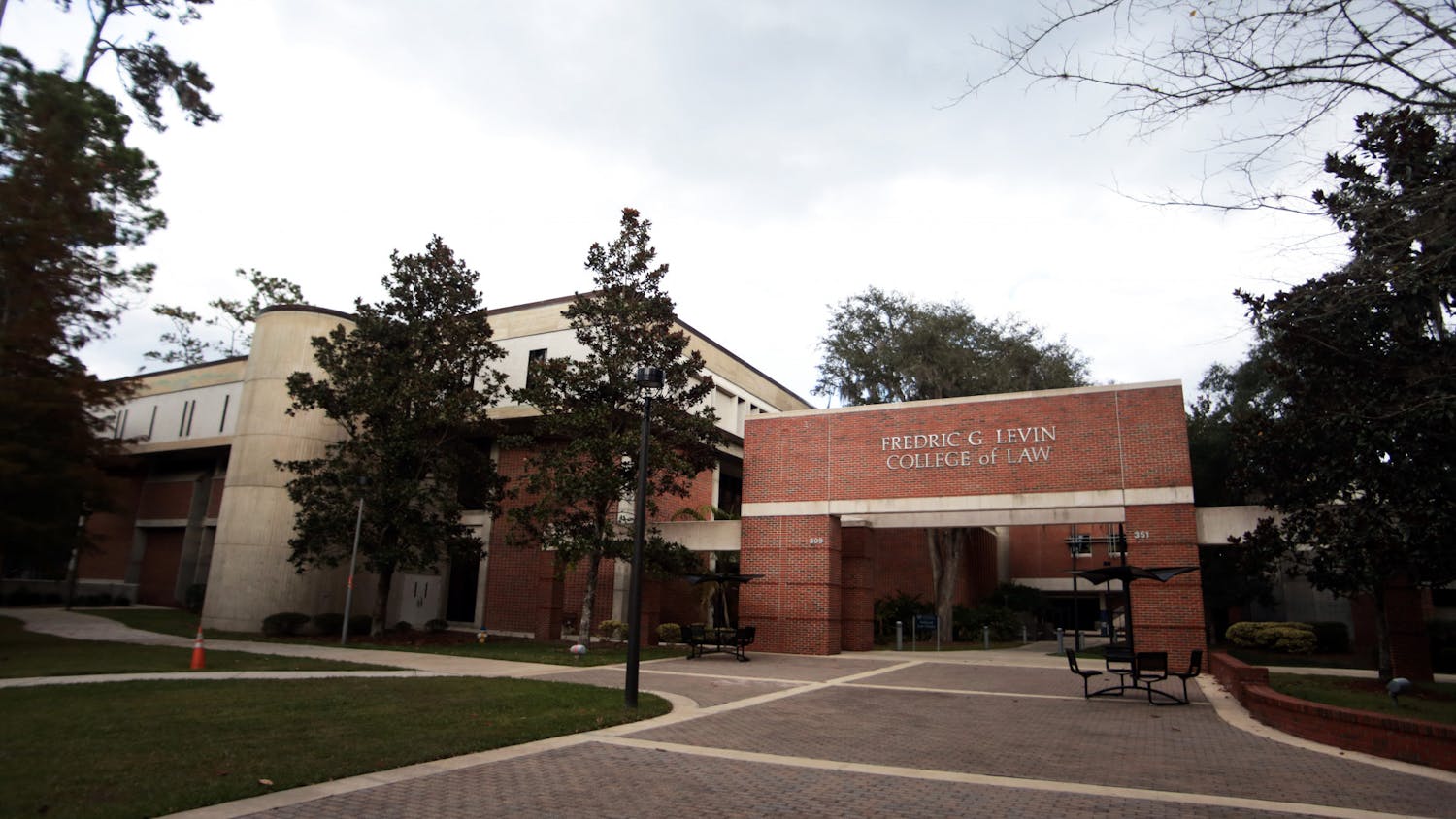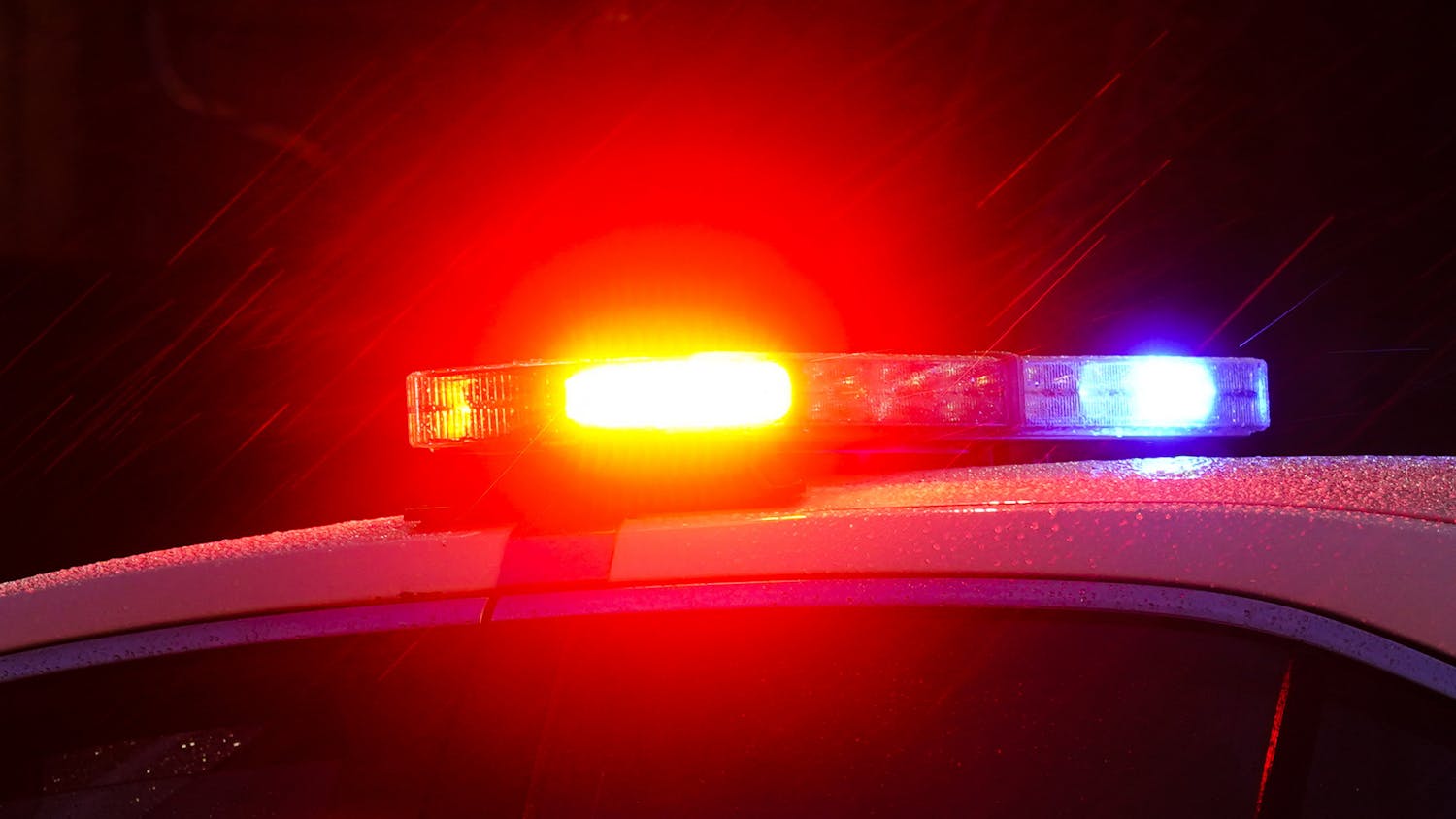A bacterial disease that causes palm trees to die has made its way to Alachua County.
Lethal Bronzing Disease was discovered in Florida in 2006 in Hillsborough County, according to a UF Institute of Food and Agricultural Sciences publication on Lethal Bronzing Disease. The symptoms of the disease include the fruit of the tree dropping prematurely and the fronds of the palm wilting and losing color, according to the publication.
“We need to have more information,” said Michael Andreu, a UF Associate Professor in Forest Systems. “The problem is the symptoms look like other diseases as well, so you can’t just rely on the symptoms alone to diagnose the disease.”
The disease is most common in central Florida but has spread farther north and south. Andreu said insects are suspected to be responsible for the spreading as they carry the bacteria and transfer it when they feed off of the tree sap.
Andreu said the disease is particularly problematic for the Sabal Palm. If Sabal Palms were to go extinct, there are no known species that can replace them. Based on sampling, there are about 7.2 million trees in Gainesville and about 43,000 are Sabal Palms.
The disease can have ecological consequences because the loss of them will affect animals that rely on the palm trees for food and shelter, and in turn, animals that rely on those animals.
Preventative action includes removing identified trees as infected and exercising caution when transporting and replanting trees from southern parts of the state to more northern areas, Andreu said.
“Often what happens is that these kinds of problems sort of fester and fester, and all of a sudden they get momentum, and they start killing a lot of trees,” Andreu said. “And then people care, governments care, funding starts to come in because it’s a problem, but it’s too late at that point. We need to be on this, it’s not too late necessarily now.”
Whitey Markle, chair of the Sierra Club Group in Gainesville, an organization of citizen activists seeking to protect the environment, said the group is concerned about the disease and its effects but the volunteers are not trained to deal with the process of removing it.
“Of course we’re concerned about it,” Markle said. “We don’t physically do that, but we support every effort.”
Editors' note: This story has been updated as of July 24 to reflect there are 7.2 million trees in Gainesville and 43,000 are Sabal palms.
This palm frond is from a tree infected with Lethal Bronzing Disease. Symptoms of the disease include fruit dropping prematurely and fronds wilting and losing color.






